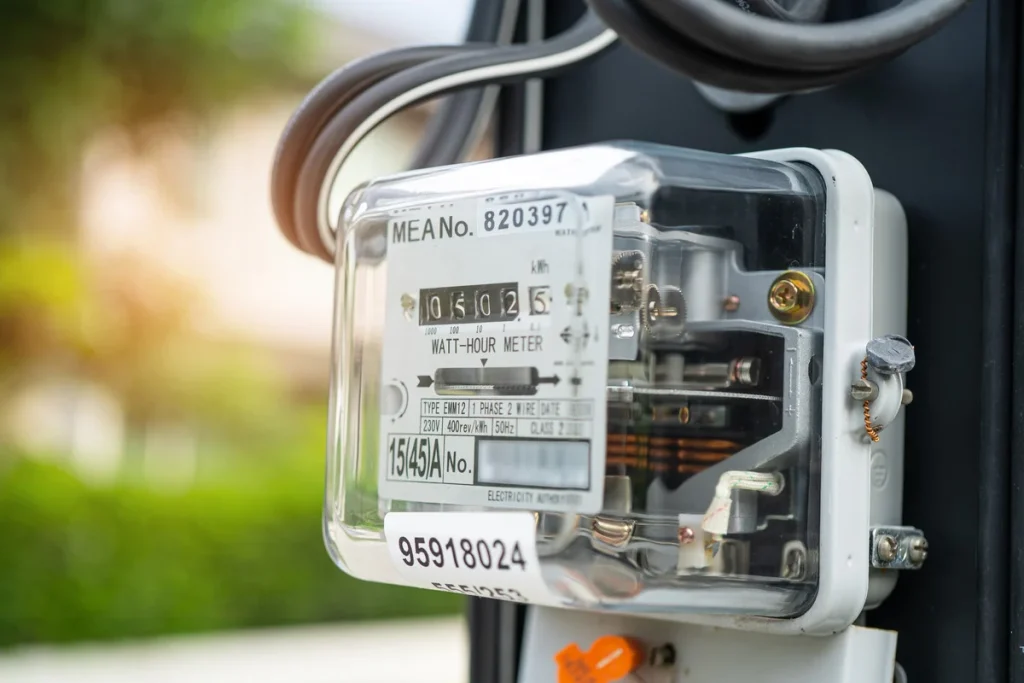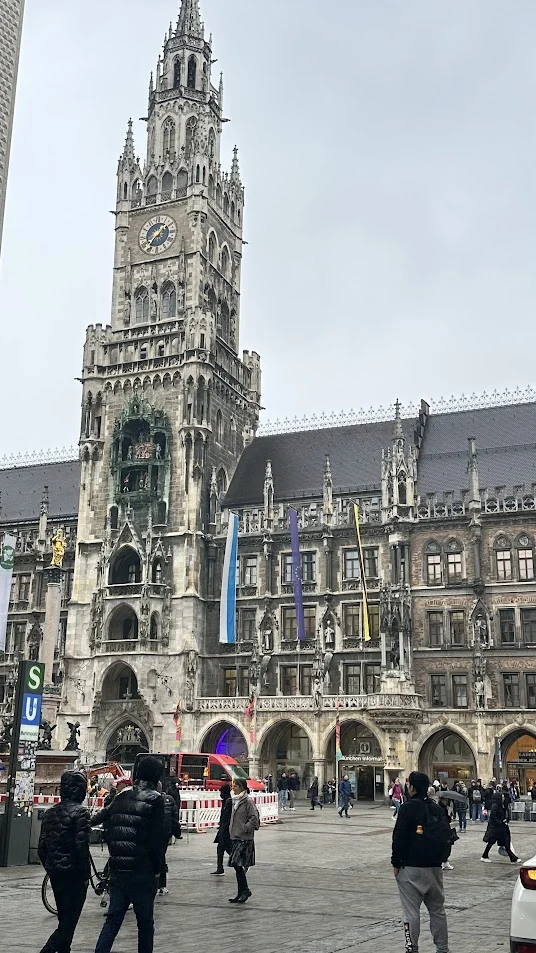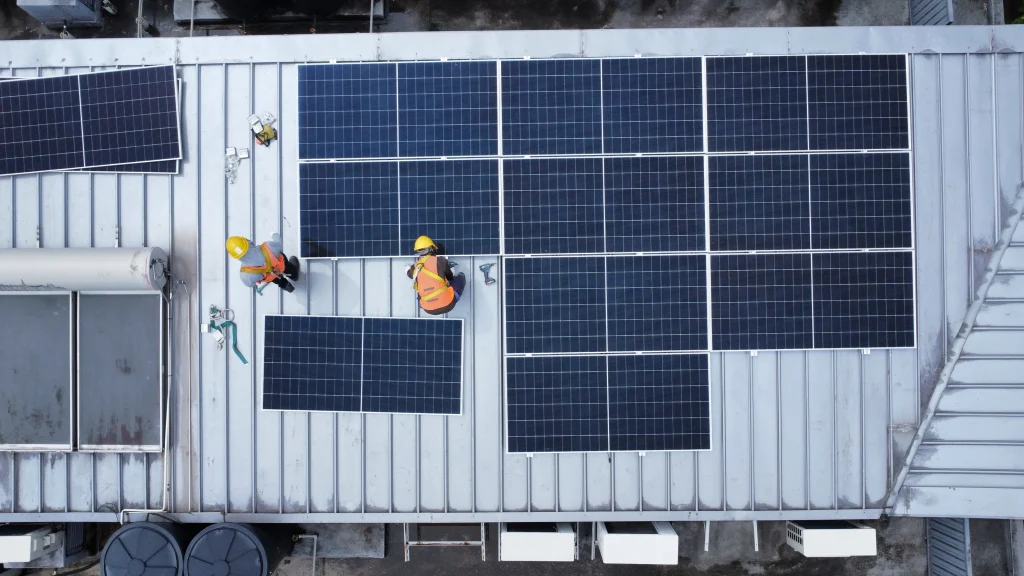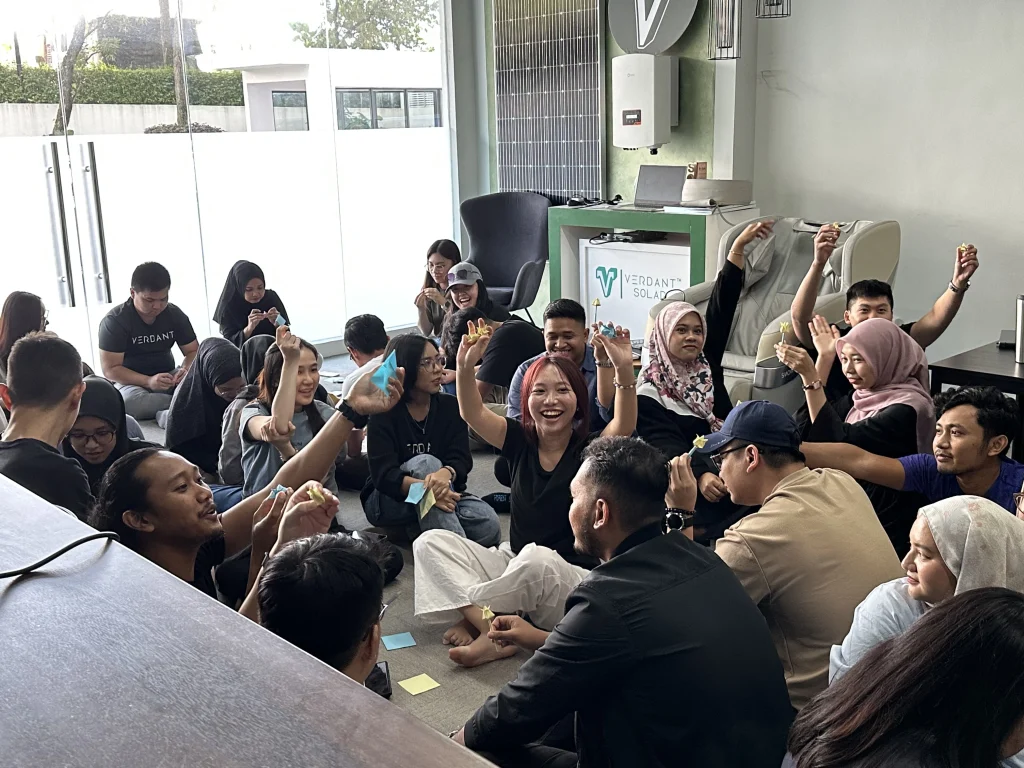Renewable Energy Scheme in Malaysia
Renewable Energy Resources
Malaysia is seen as being more than serious about increasing electricity generation from renewable energy resources. This was especially seen when our government introduced the Feed-in Tariff (FIT) scheme under the Renewable Energy Act in 2011.
Under this scheme, commercial and residential electricity customers can generate electricity from renewable energy, like solar energy, and sell all the generated energy to Tenaga Nasional Berhad (TNB), the sole electricity utility in Malaysia. However, due to the high cost of funding such a scheme, the FIT scheme is not long-term sustainable. Because of that, in 2016, the government introduced net energy metering (NEM), named NEM 2016.
According to research papers, unlike FIT, where the customers are paid for the gross renewable energy generated from PV, NEM only considers the net energy generated. The customer will be paid based on the displaced cost per kWh unit.
Unfortunately, NEM 2016 did not receive the target response from electricity customers in Malaysia due to unappealing financial returns. The displaced cost for a RE connection point less than 1 kV is RM 0.31/kWh. This rate does not benefit large consumers since they are paying a higher electricity tariff. To overcome the problem, our government introduced a new NEM scheme in 2019 by setting the pay rate at the retail rate per kWh of energy exported to the grid.

Net Energy Meter
Based on case studies, this policy has a better financial return than NEM 2016. For commercial and industrial systems, the maximum capacity of the PV system installed is 1 MW, or 75% of the maximum demand (MD) of their existing installation, or 60% of the fuse rating of the transformer.
For domestic or residential consumers, the maximum capacity of the PV systems installed is less than or equal to 12 kW for a single-phase system or 72 kW for a three-phase system. As mentioned before, NEM 3.0 consists of three programs, each of which is assigned to a specific market sector. NEM Rakyat (households), NEM NOVA (industrial), and NEM GoMEn (government ministries and entities).
The first programme, NEM Rakyat, covers the residential segment. A 100-MW capacity is allocated to this programme, effective February 1, 2021. The programme applies the one-to-one NEM 3.0 policy for 10 years. The allowed maximum PV installation capacity for the domestic consumer is 4 and 10 kW for single-phase and three-phase NEM consumers, respectively. This programme benefits people a great deal. Plus, it is so vital for the environment today, especially since we are facing global warming issues.
Let’s apply to NEM 3.0 before it runs out of quota! Read here to understand why NEM 3.0 is running out of quota.




